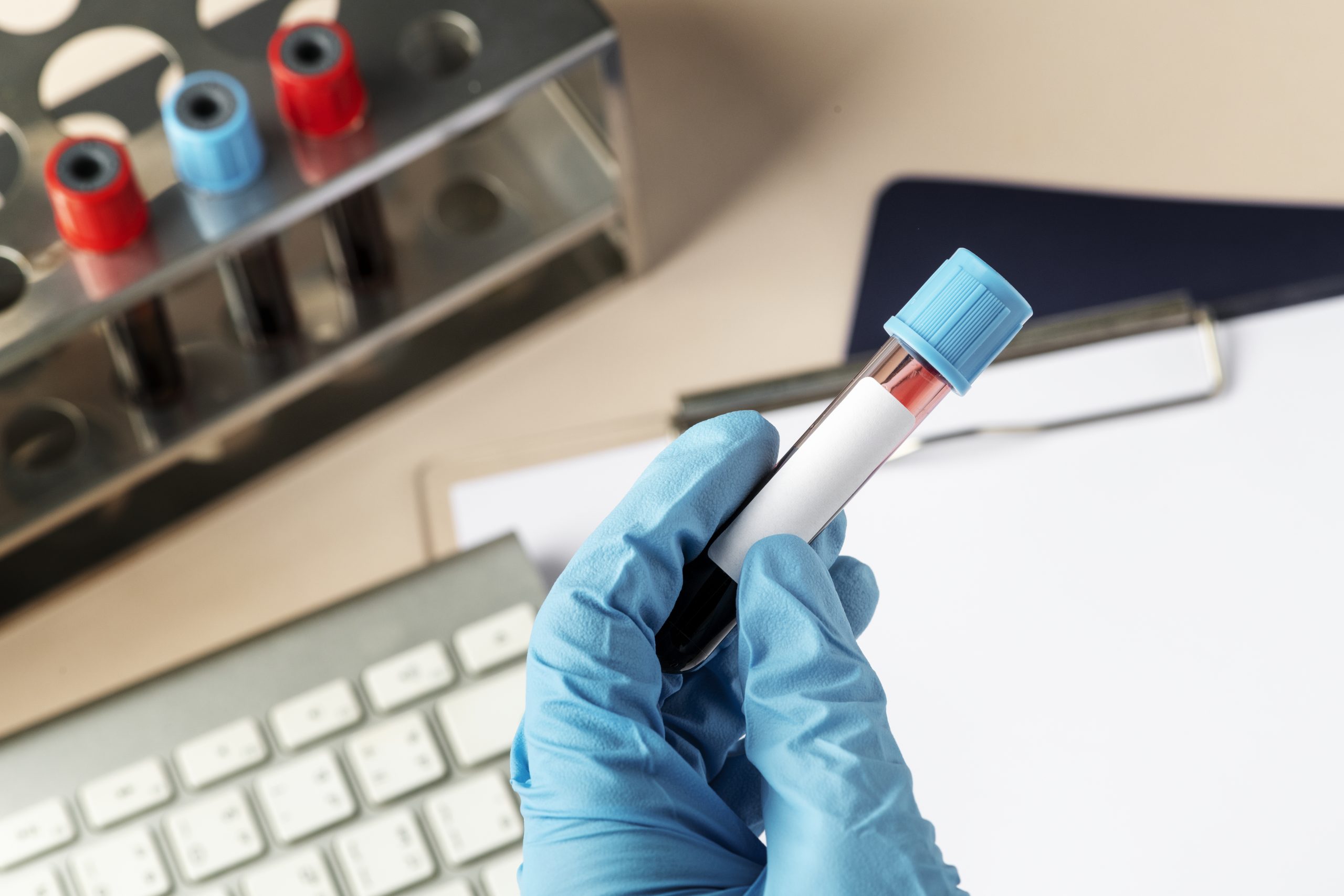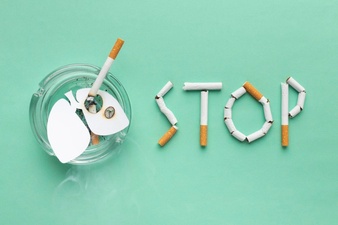
High blood pressure, or hypertension, is called the “silent killer” for good reason. It often has no symptoms, but is a major risk for heart disease and stroke. And these diseases are among the leading causes of death Worldwide.
Blood pressure lower than 120/80 mm Hg is considered normal. Blood pressure that’s 130/80 mm Hg or more is considered high. If your numbers are above normal but under 130/80 mm Hg, you fall into the category of elevated blood pressure. This means that you’re at risk for developing high blood pressure.
The good news about elevated blood pressure is that lifestyle changes can significantly reduce your numbers and lower your risk — without requiring medications.
Here are a few effective ways to lower your blood pressure levels:
Increase activity and exercise more.
In a 2013 study, sedentary older adults who participated in aerobic exercise training lowered their blood pressure.
As you regularly increase your heart and breathing rates, over time your heart gets stronger and pumps with less effort. This puts less pressure on your arteries and lowers your blood pressure.
Professionals advise moderate- to vigorous-intensity physical activity for 40-minute sessions, three to four times per week.
Lose weight if you’re overweight.
If you’re overweight, losing even 5 to 10 pounds can reduce your blood pressure. Plus, you’ll lower your risk for other medical problems.
A 2016 review of several studies reported that weight loss diets reduced blood pressure by an average of 3.2 mm Hg diastolic and 4.5 mm Hg systolic.
Cut back on sugar and refined carbohydrates.
Many scientific studies show that restricting sugar and refined carbohydrates can help you lose weight and lower your blood pressure.
A 2010 study compared a low-carb diet to a low-fat diet. The low-fat diet included a diet drug. Both diets produced weight loss, but the low-carb diet was much more effective in lowering blood pressure.
The low-carb diet lowered blood pressure by 4.5 mm Hg diastolic and 5.9 mm Hg systolic. The diet of low-fat plus the diet drug lowered blood pressure by only 0.4 mm Hg diastolic and 1.5 mm Hg systolic.
Eat more potassium and less sodium
Increasing your potassium intake and cutting back on salt can also lower your blood pressure.
Potassium is a double winner: It lessens the effects of salt in your system, and also eases tension in your blood vessels. However, diets rich in potassium may be harmful to individuals with kidney disease, so talk to your doctor before increasing your potassium intake. Foods rich in potassium are low-fat dairy foods, such as milk and yogurt, fish, bananas, apricots, avocados,sweet potatoes, tomatoes and spinach
Eat less processed food
Most of the extra salt in your diet comes from processed foods and foods from restaurants, not your salt shaker at home . Popular high-salt items include deli meats, canned soup, pizza, chips, and other processed snacks.
Foods labeled “low-fat” are usually high in salt and sugar to compensate for the loss of fat.
Cutting down on — or even better, cutting out — processed food will help you eat less salt, less sugar, and fewer refined carbohydrates. All of this can result in lower blood pressure.
Stop smoking
Stopping smoking is good for your all-around health. Smoking causes an immediate but temporary increase in your blood pressure and an increase in your heart rate.
In the long term, the chemicals in tobacco can increase your blood pressure by damaging your blood vessel walls, causing inflammation, and narrowing your arteries. The hardened arteries cause higher blood pressure.
The chemicals in tobacco can affect your blood vessels even if you’re around secondhand smoke. A study showed that children around secondhand smoke in the home had higher blood pressure than those from nonsmoking homes.
Try meditation or yoga
Mindfulness and meditation, including transcendental meditation, have long been used — and studied — as methods to reduce stress. A 2012 study notes that one university program in Massachusetts has had more than 19,000 people participate in a meditation and mindfulness program to reduce stress.
Eat some dark chocolate
Yes, chocolate lovers: Dark chocolate has been shown to lower blood pressure.
But the dark chocolate should be 60 to 70 percent cacao. A review of studies on dark chocolate has found that eating one to two squares of dark chocolate per day may help lower the risk of heart disease by lowering blood pressure and inflammation. The benefits are thought to come from the flavonoids present in chocolate with more cocoa solids. The flavonoids help dilate, or widen, your blood vessels.
If your blood pressure is very high or doesn’t decrease after making these lifestyle changes, it is recommended to consult with a doctor.
Source : Click Here
More on Healthcare






Leave A Comment
You must be logged in to post a comment.